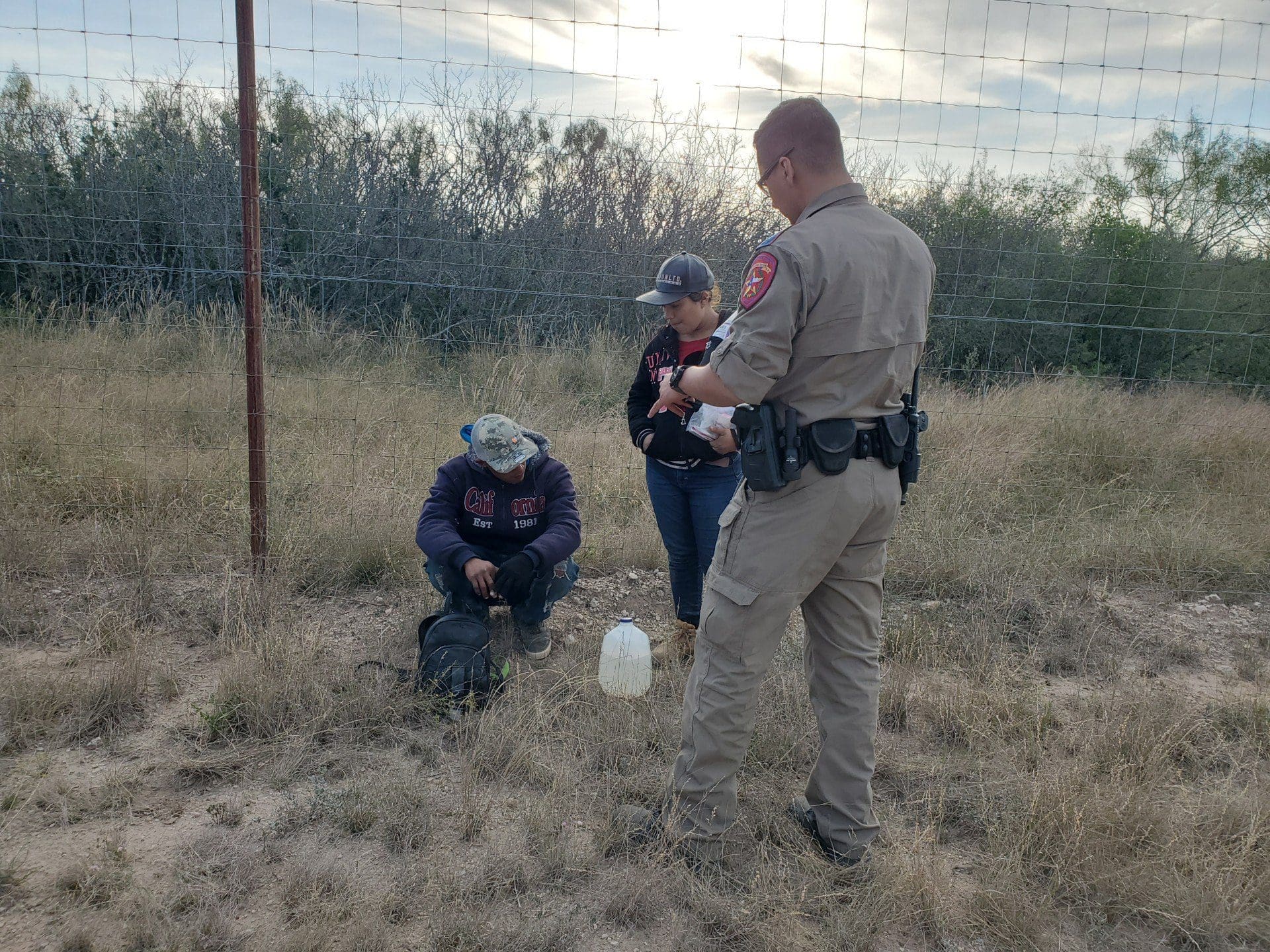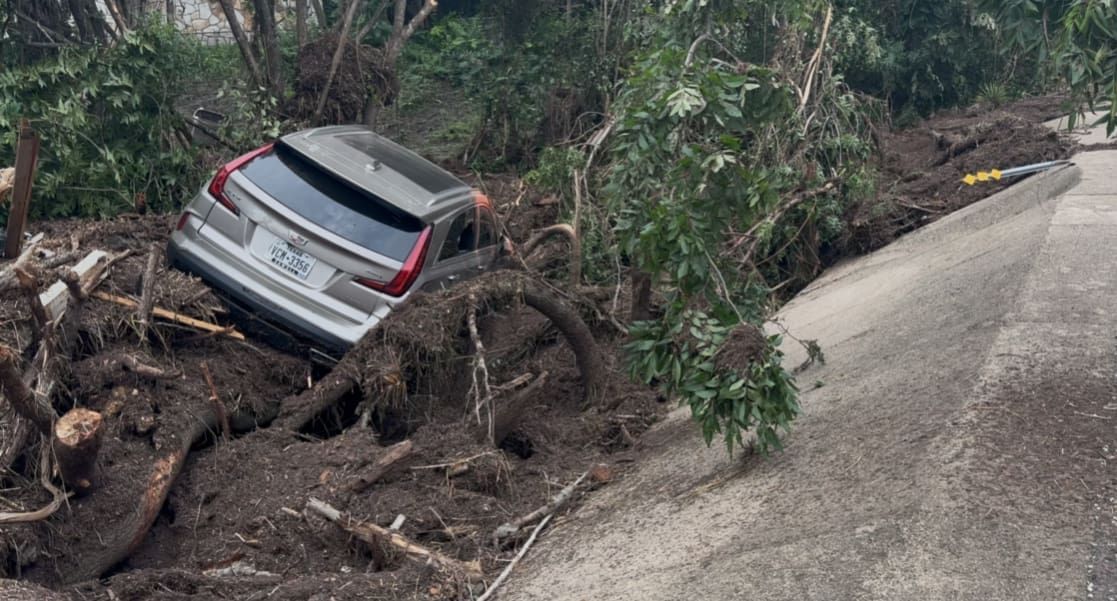Tarrant County property taxpayers will be asked on May 5 to loan $250 million to Fort Worth’s controversial land redevelopment project. But that’s not what voters will be told at the ballot box.
 Instead, the ballot language says the $250 million loan will be used for “flood control and drainage facilities.” It’s simply not true.
Instead, the ballot language says the $250 million loan will be used for “flood control and drainage facilities.” It’s simply not true.
The loan to the Tarrant Regional Water District (TRWD) will be spent by its Trinity River Vision (TRV) authority to turn downtown Fort Worth into an island, a project that’s been limping along for 12 years with little to show for it.
The TRWD did not have the legal authority to use eminent domain for economic redevelopment, or to spend tax dollars on related projects. But all that changed when State Rep. Charlie Geren (R–Fort Worth) pushed House Bill 2639 through the Texas Legislature in 2005, which granted broad new powers to the TRWD.
The master plan was to redirect the Trinity River and create “Panther Island” downtown. In the meantime, the TRV is building three bridges over dry land for $70 million. Due to design and construct ability issues that TRV officials were warned about, they’re more than 3 years behind schedule.
 So far, an ice rink, a concert venue, and a drive-in movie theater have been built. So much for “flood control.” And now, the TRV wants to build Gateway Park, which will contain hiking trails, a skate and dog park, basketball and tennis courts, disc golf, and other amenities. They also plan to plant 80,000 new trees. Again, for “flood control.”
So far, an ice rink, a concert venue, and a drive-in movie theater have been built. So much for “flood control.” And now, the TRV wants to build Gateway Park, which will contain hiking trails, a skate and dog park, basketball and tennis courts, disc golf, and other amenities. They also plan to plant 80,000 new trees. Again, for “flood control.”
According to a records request by Texas Scorecard, more than 260 landowners had their properties condemned under the TRV’s new eminent domain powers afforded by Geren, and were forced to relocate their businesses. But that was years ago. And according to the TRWD, they aren’t finished yet. How much was spent on any of these projects? Nobody seems to know.
 More than $443 million in local, state, and federal funding has been dedicated to the TRV. But after 12 years of delays, cost overruns, and inadequate financing, it remains unclear how any of the taxpayer funds have been spent.
More than $443 million in local, state, and federal funding has been dedicated to the TRV. But after 12 years of delays, cost overruns, and inadequate financing, it remains unclear how any of the taxpayer funds have been spent.
None of the TRV’s parent governments – Tarrant County, the City of Fort Worth, or the Tarrant Regional Water District – have ever called for a forensic audit to find out where the money went. But the TRWD wants $250 million more. As a side note, the TRV does not publish its financial data online. The website link for “Financials & Annual Reports” does not work. Apparently, $443 million doesn’t warrant transparency.*
 After Congress killed earmarks, it’s been difficult for Congresswoman Kay Granger (R–TX) to get federal pork approved for what many consider the largest, most expensive boondoggle in Texas.
After Congress killed earmarks, it’s been difficult for Congresswoman Kay Granger (R–TX) to get federal pork approved for what many consider the largest, most expensive boondoggle in Texas.
But conveniently, Granger’s son, J.D. Granger, has been paid a six-figure salary for 12 years to run the TRV. In 2016, Granger’s salary was $192,000, making him one of the highest-paid government employees in North Texas.
The TRV has ballooned in cost. Back in 2005, taxpayers were told it would cost $360 million. Around the same time, a $43 million plan for actual flood control – which would have raised the existing levees along the Trinity River – was turned down in favor of the “Panther Island” concept, which will destroy them.
Less than a year later, the TRV’s cost increased to $435 million. By 2009, the price tag soared to $909 million. And if Tarrant County voters approve $250 million in new debt via Prop A, the cost will soar to $1.17 billion. Unsurprisingly, the Fort Worth Star Telegram’s editorial board supports the $250 million loan, but called their endorsement “lukewarm.” Their “cautious” recommendation reads:
“We know plans change. Prices go up. But the district must know the spiraling costs are trying everyone’s patience…[The TRWD] must be upfront with taxpayers each step of the way.”
But taxpayers have never been told the truth. And TRWD’s Prop A on May 5 is yet another bait and switch. Tarrant County, the City of Fort Worth, and the TRWD have refused to disclose where the TRV has spent hundreds of millions in taxpayer money. No governing body has ever called for a forensic audit to find out, and they won’t unless Tarrant County taxpayers demand it.
If voters approve Prop A’s $250 million loan, there is no requirement that a forensic audit ever be performed to ensure that taxpayers know where those funds flow.
*UPDATED 4/26/18: After Texas Scorecard published this article, the TRVA fixed their website and made their financial statements available online. Unfortunately, the published documents do not detail specific expenditures by project, or by line item, nor do they provide detailed budgets for any fiscal year since the agency’s inception.
EDITORS NOTE:
 We do know where some of the money went. A gigantic model detailing the TRV project – which was the size of a football field – was built in Vancouver, Canada, for $1.7 million. It was destroyed because it was too big to transport back to Fort Worth. To learn more about the model, and the expense, watch the TRV’s promotional video.
We do know where some of the money went. A gigantic model detailing the TRV project – which was the size of a football field – was built in Vancouver, Canada, for $1.7 million. It was destroyed because it was too big to transport back to Fort Worth. To learn more about the model, and the expense, watch the TRV’s promotional video.




